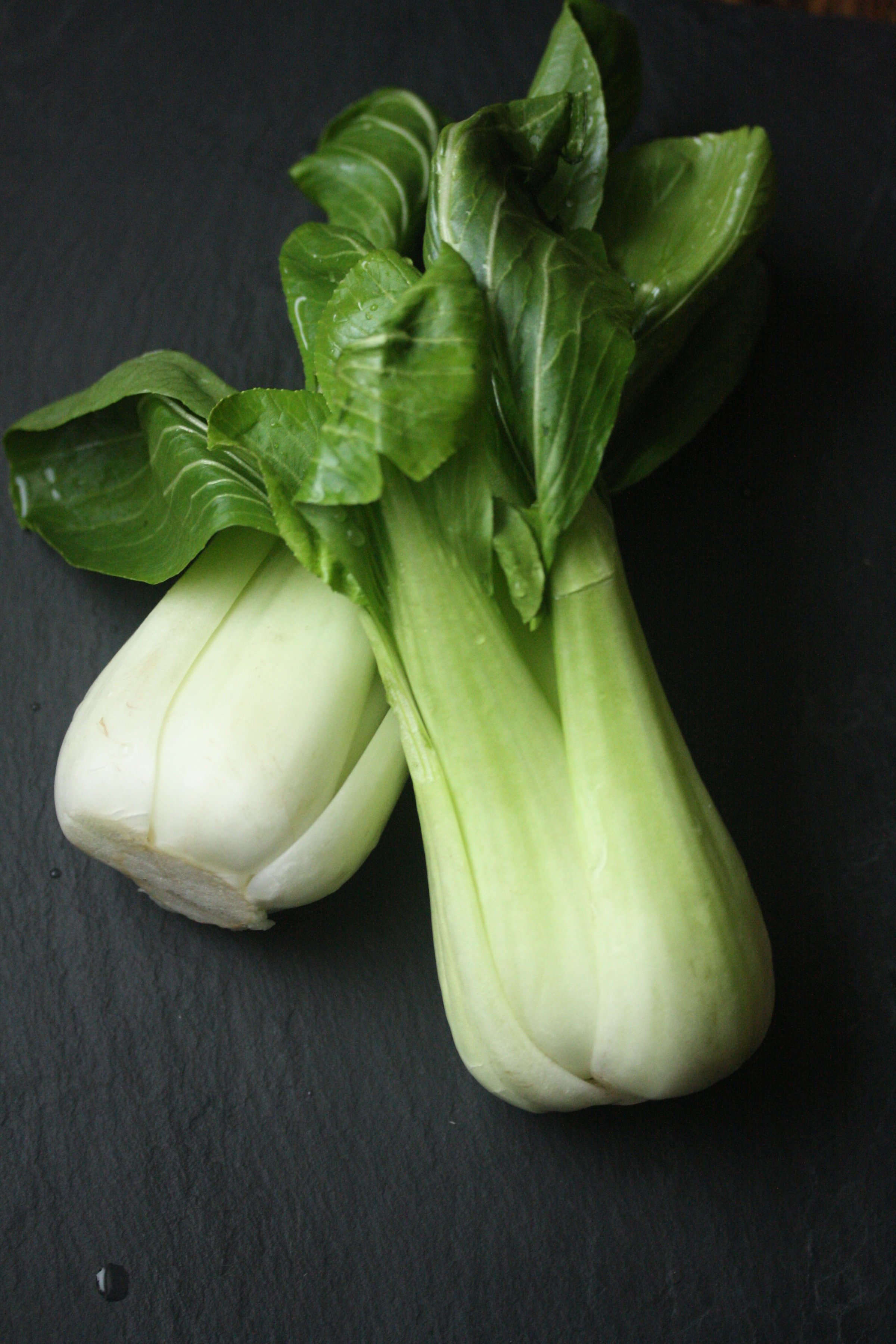
It’s okay to admit it: You’re getting a little sick of kale.
Or maybe you didn’t like it all that much to begin with? Either way, the trendy super-green has definitely had its 15 minutes of fame, and then some: recently, health-conscious New Yorkers getting ready for the big storm freaked out when stores ran out of kale. This, after rumors of a shortage last year were all over the news, even inspiring a parody. Some people have even been naming their children “Kale.” (And you thought Apple was a weird name.)
All this is to say that our kale obsession has gotten way out of hand. Note: there are lots of other vegetables with nutritional super powers. Here are some to try.
Bok choy
If you want to stick with leafy greens, give bok choy a chance. This Asian green is “very rich in calcium, a decent source of iron and magnesium and very high in vitamins A and C,” Aynsley Kirshenbaum, MS, a Brooklyn-based nutritionist and personal trainer, tells Health. “To absorb the vitamin A, pair it with some fat. A cold-pressed sesame oil ($7, amazon.com) with garlic would be delicious.” Tip: the smoke point of sesame oil is really low, so cook the bok choy and garlic with a little bit of olive or coconut oil. Then drizzle with sesame oil right before removing the skillet from the heat.
Read more: 10 Forgotten Winter Fruits and Veggies
Swiss chard
Another great choice is Swiss chard, which is also rich in vitamins A and C, as well as vitamin E and minerals such as iron and calcium, Kirshenbaum says. Basically, it has all the nutrition you need, and adds a pungent, almost salty flavor. “Plus, it’s easily interchangeable with kale in recipes, so you can keep the other ingredients the same and have a fresh new take on your favorite meals,” she adds.
Read more: 8 Salads That Satisfy
Cabbage
Cabbage is a fantastic green, very high in vitamins C and K. Try purple cabbage for a shot of color in a salad, or add shredded savoy cabbage to a stir fry. For something different, look for real, fermented sauerkraut at farmer’s markets and health-food stores. Since it’s fermented, you’ll get even more of the abundant nutrients in the cabbage. (Be sure the label says it’s fermented; you don’t get the benefits from the regular kind sold in jars in supermarkets.)
Read more: 23 Easy Cabbage Recipes
Collard greens
Give good ol’ fashioned collard greens a second look. They’re nutritionally similar to kale, rich in minerals and vitamins A, C, and K. I love to use them to make wraps. Simply cut the stems off and slice out the tough spines, then submerge the leaves one at a time in a large skillet of simmering, salted water for about 30 seconds. Remove the leaves and place in a bowl of ice water to stop the cooking. Carefully pat the leaves dry with clean kitchen towels. Then fill with your favorite sandwich or burrito fillings and wrap up as you would a tortilla. Delicious, filling, and great if you have a gluten intolerance or you’re simply trying to sneak in more veggies.
Read more: 13 Veggies You Only Think You Don’t Like
Cauliflower
If you want to go beyond leafy greens for your vegetable fix, consider cauliflower. This cruciferous vegetable is a cousin to broccoli, Brussels sprouts, and the bok choy we mentioned earlier (and kale, too). It’s loaded with vitamins C and K, and may help ward off cancer. Find it bland? That’s actually a plus: its neutral flavor makes it versatile. I love it roasted; just cut into florets, toss with oil, season with salt and pepper, spread on a baking sheet and roast at 400ºF for about 30 minutes, or until browned, stirring once or twice (or roast the whole, unchopped head for a dramatic presentation. It also makes a great mash, in place of potatoes.
Beets
On the sweeter side are beets, which bring minerals like potassium and manganese as well as folic acid, vitamin C, and fiber. That bright red color tells you they’re brimming with antioxidants. Plus, they may help bolster memory and concentration (and who couldn’t use that?). If they come with greens attached, don’t throw those out! You can chop and sauté the leaves with garlic for a quick side dish. For the beets themselves, you can’t go wrong with roasting (the same way you would the cauliflower). Or you can shred them raw, mix with shredded carrots and a dressing for a quick, refreshing salad. Make your own dressing by mixing olive oil, orange juice, and/or cider vinegar, a bit of grated ginger and salt and pepper. Finally, don’t feel bad buying these pre-roasted and vacuum-sealed from at the supermarket as a shortcut and just tossing them into a green salad.
Read more: 7 Fresh and Healthy Vegetable Pizza Recipes
More Must-Reads from TIME
- Cybersecurity Experts Are Sounding the Alarm on DOGE
- Meet the 2025 Women of the Year
- The Harsh Truth About Disability Inclusion
- Why Do More Young Adults Have Cancer?
- Colman Domingo Leads With Radical Love
- How to Get Better at Doing Things Alone
- Michelle Zauner Stares Down the Darkness
Contact us at letters@time.com